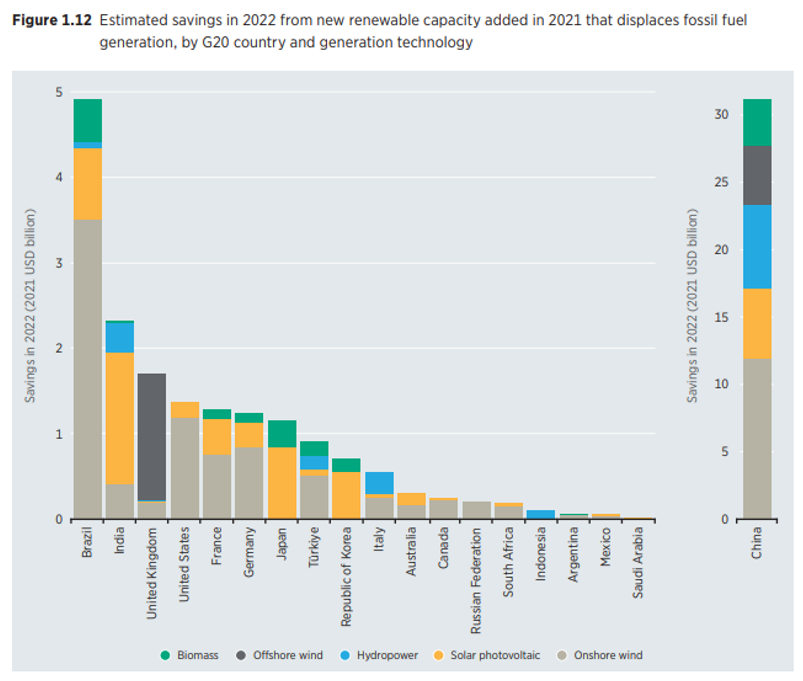Amid the global energy crisis and rising costs of fossil fuels, renewable sources of energy are – and will continue to be – a crucial part of future power generation.
According to a recent report by the International Renewable Energy Agency (IRENA), renewables now account for 81% of total power generation capacity growthi – and for good reason.
In its assessments (illustrated below), IRENA measured the required annual capital recovery to offset the costs of setting up and maintaining solar and wind projects (lifetime costs) against the projected revenue of these projects in 2022. For a majority of countries – including Australia – the projected revenue far exceeds the minimum required to break even, meaning these countries can expect a substantial profit from their investment in renewables whilst also saving in the billions in fossil fuel costs.


Furthermore, the cost of energy generated through renewable means is consistently decreasing. For example, the levelized cost of electricity (LCOE) has decreased by 15% on average year-on-year across wind, solar and bioenergy projects. While hydropower and geothermal projects are not necessarily as cost effective as their counterparts, their costs are still competitive compared with the cheapest fossil fuel option. Currently, Australia possesses the third most competitive LCOE amongst historical markets, only surpassed by India and China. ii
The benefits of renewable power generation have opened the door to a new growth market with both commercial and domestic benefits – including the potential to develop energy storage (most notably via batteries), electric vehicles, agrivoltaics and ‘green’ sources of fuel. Being uniquely placed to benefit from this new development given its abundance of renewable resources, Australia can affirm its position in the market by continuing to invest in solar, wind and energy storage projects, electrifying and transitioning its vehicles to renewable fuels and creating a domestic green hydrogen economy at home.
Thus, it is clear that renewables represent the future of power generation, being a more cost effective, profitable and accessible means of generating energy for both commercial and domestic consumers as demonstrated in the IRENA report. As the costs of fossil fuels continue to rise in 2022, there is no better time to invest in the potential of renewables.
The Hamilton Locke team advises across the energy project life cycle – from project development, grid connection, financing, and construction, including the buying and selling of development and operating projects. For more information, please contact Matt Baumgurtel.